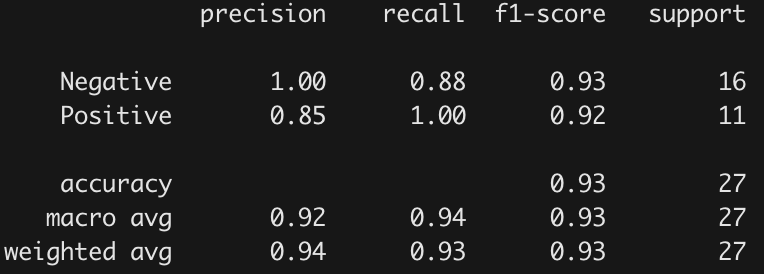FOOD - Fast OOD Detector
Pytorch implamentation of the confernce peper FOOD arxiv link.
Abstract
Deep neural networks (DNNs) perform well at classifying inputs associated with the classes they have been trained on, which are known as in-distribution inputs. However, out-of-distribution (OOD) inputs pose a great challenge to DNNs and consequently represent a major risk when DNNs are implemented in safety-critical systems. Extensive research has been performed in the domain of OOD detection. However, current state-of-the-art methods for OOD detection suffer from at least one of the following limitations: (1) increased inference time - this limits existing methods' applicability to many real-world applications, and (2) the need for OOD training data - such data can be difficult to acquire and may not be representative enough, thus limiting the ability of the OOD detector to generalize. In this paper, we propose FOOD -- Fast Out-Of-Distribution detector -- an extended DNN classifier capable of efficiently detecting OOD samples with minimal inference time overhead. Our architecture features a DNN with a final Gaussian layer combined with the log likelihood ratio statistical test and an additional output neuron for OOD detection. Instead of using real OOD data, we use a novel method to craft artificial OOD samples from in-distribution data, which are used to train our OOD detector neuron. We evaluate FOOD's detection performance on the SVHN, CIFAR-10, and CIFAR-100 datasets. Our results demonstrate that in addition to achieving state-of-the-art performance, FOOD is fast and applicable to real-world applications.
What is in this repository ?
We provide all the necessary tools required in order evaluate OOD detectors. Including our state of the art OOD detector FOOD. The repository include the following:
- FOOD package-containing pytorch implamentation of FOOD and OOD evaluation utilities.
- Jupyter notebooks demonstrating how to use the FOOD package
- Pretrained models that were used for our paper evaluation link
- Efficient Python implamentation of other OOD detection techniques:
- MSP-baseline by Hendrycks & Gimpel et al. 2016
- Mahalanobis equal weights by Lee et al. 2018
- Outlier Exposure by Hendrycks et al. 2018
- Self supervised Learning for OOD detection by(Evaluation Only) Mohseni et al. 2020
FOOD's Results
In this section we provide a brief summerization of FOODs' detection results.
TNR95 table as accepted in the litriture:
Speed Comparison
FOOD's citation
Cite FOOD using this bibtext:
@article{amit2020glod,
title={GLOD: Gaussian Likelihood Out of Distribution Detector},
author={Amit, Guy and Levy, Moshe and Rosenberg, Ishai and Shabtai, Asaf and Elovici, Yuval},
journal={arXiv preprint arXiv:2008.06856},
year={2020}
}
Software Requirements
matplotlib=3.2.1=0
numpy=1.18.5=py38h6530119_0
numpy-base=1.18.5=py38hc3f5095_0
pandas=1.0.5=py38h47e9c7a_0
pip=20.1.1=py38_1
python=3.8.3=he1778fa_0
pytorch=1.5.1=py3.8_cuda102_cudnn7_0
scikit-learn=0.23.1=py38h25d0782_0
scipy=1.5.0=py38h9439919_0
setuptools=47.3.1=py38_0
torchvision=0.6.1=py38_cu102








